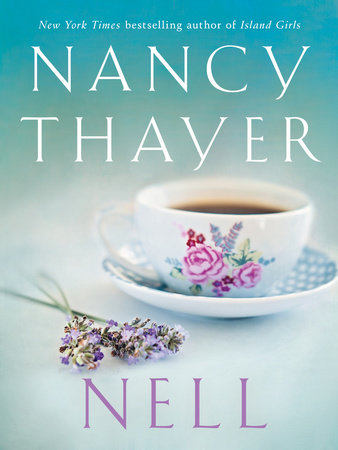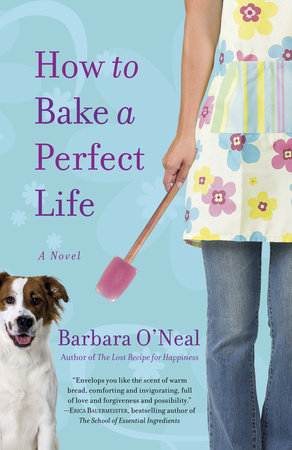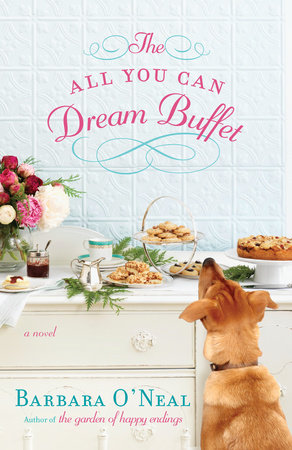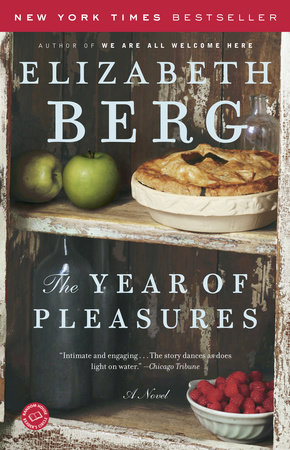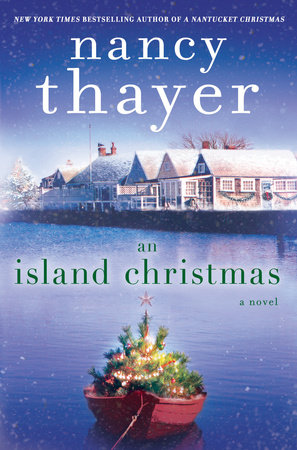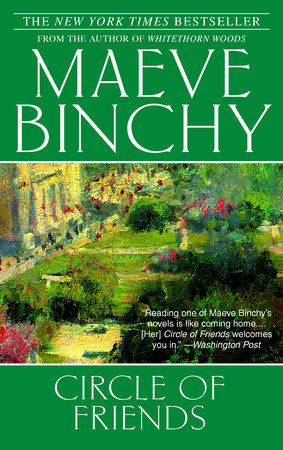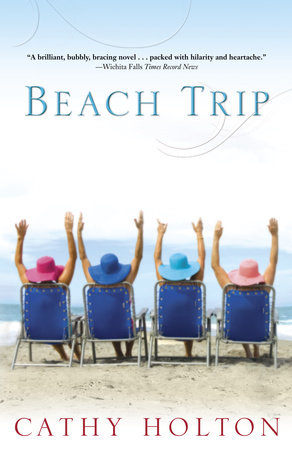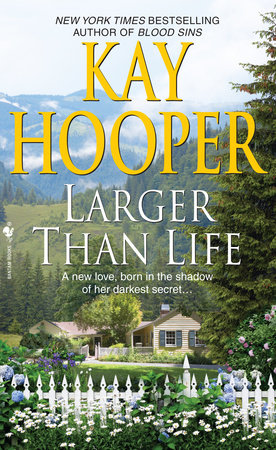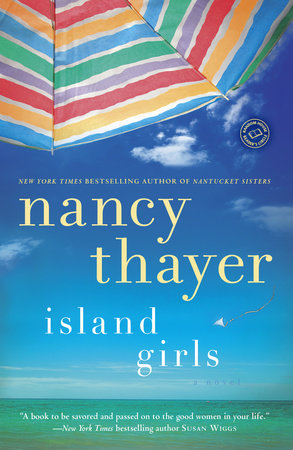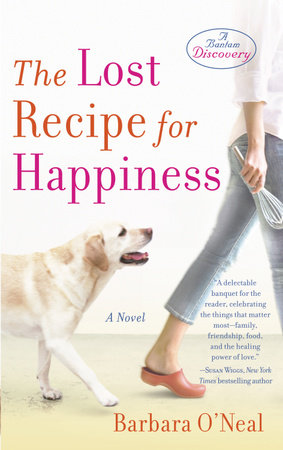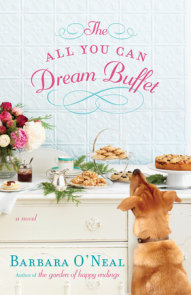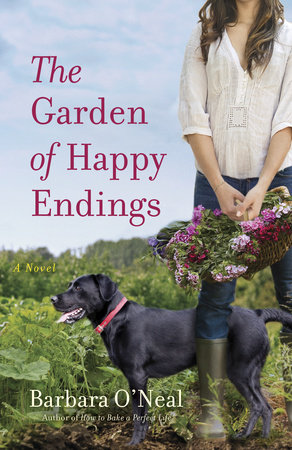Author Q&A
The Magic of Restaurants
by Barbara O’Neal
I fell headlong in love with restaurants at the age of eight, when my grandfather, a charming rascal who looked very like Clark Gable, bought a diner in Temecula, California. He’d never run one, but then he’d never had a pharmacy, either, and he’d done that in Fort Worth. None of us had ever even been to California. My grandmother was mad about it for at least ten years, but she moved with him and together they operated Ed’s Kitchen.
The restaurant sat at the bottom of a hill, right on the main drag through town. We had to walk down there from my grandmother’s house. The land was rural, with horses and avocado groves along the way, and grass so tall we played hide and seek in it. My grandmother waited tables, and so did my mother for a time. They were both pretty and earned good tips.
A counter filled the center of the dining room, with stools that spun and had a little ring of chrome around the seat. I sat on them, swinging my legs, and watched my grandfather, looking swarthy in chef whites, cooking at the grill with a dark curl falling rakishly on his forehead. We children were not allowed in the kitchen, so this was as close as I ever got. On the counter sat a pie safe, three pies high, and although it was rare indeed that we ever got to eat any, I admired them daily: pale apples or jewel-colored berries spilling out of a buttery crust; pecans in tidy circle patterns over the clear middle. Pie remains my extravagance of choice, the wickedness I will most likely choose from a desert menu.
Everything about Ed’s Kitchen was enchanting: the customers and the bustle, the shouts of orders, the practically visible fragrance of coffee brewing. My mother shined. She was happy in that restaurant. My grandmother laughed when men flirted with her, practically the only time she ever did in those years.
My father pined for his mountains, so we moved back to Colorado, and I didn’t think about restaurants again until I was sixteen and looking for a job. The local mall had a Greek-run sandwich, ice cream and chocolatiers called Michelle’s. The waitresses all wore red or blue velvet caps with gold braiding and shiny black nylon uniforms with a white flounce at the neck. That hat was the most beautiful thing I had ever seen, as medieval as Juliet, and I knew my long blonde hair would look fantastic beneath it. They didn’t need help when I began to apply, and I had no experience, but I was relentless–every week I went back to ask about my application until the manager finally gave in and hired me.
From the first day, I was smitten. Smitten by the presentation of a single slice of baklava, dripping with honey; by the soda fountain and the grill; smitten by Greek music playing in the background, and the companionable after-hours rituals of cleaning up. I loved my white nylon apron, and pockets heavy with tips and the smell of industrial dishwasher detergent. I never, ever let a coffee cup go empty because my grandpa told me people will forgive you for anything if they have enough coffee. It tends to be true.
Every restaurant is its own country, with it’s politics and structure, internal strife and power plays. After three years in the Old World land of Michelle’s, I landed in a high-end Mexican restaurant where I fell under the enchantment of chiles. Here, the honey was drizzled over sopapillas. Here, we had to take turns crushing the giant bags of hot red chiles that came in from New Mexico, learning how to avoid blistered fingers and seared sinuses. To chase away a virus, we ate the hottest green chile stew we could bear. It was at Papa Felipe’s that I learned to drink tequila, and where the doe-eyed cook from Chihuahua would send the starving students home with leftover sopapillas. In my long sojourn there, I gathered scars all over my hands from burns and broken plates and various other mishaps. It’s the way it goes.
There were other restaurants, placed I visited briefly, and each of them taught me something. There was the troubled seafood place, popular with the aging yacht club set, where I learned to make an old fashioned by crushing a cherry and an orange in the bottom of a highball glass with a teaspoon of sugar. There was the corporate regime of a chain restaurant that served a million varieties of hamburgers that taught me how to manage a rush. Others, too fleeting to recall.
All of them turned me into a writer in love with food and all the marvelous details that go into creating dishes, menus, restaurants, service. Food, like love and sex and children, is one of the most powerful cornerstones in our lives, and a great dish is a moment of pure love, prepared, offered, accepted and devoured.
And so The Lost Recipe for Happiness was born. Elena Alvarez is not me, though all of our characters are born of us in some way. She is the chef I would be if I were braver—brilliant and intuitive, fierce and kind. After a terrible accident when she was a teenager, Elena found her salvation in restaurants, and she’s battled her way to the top of the game as a chef who has lived and worked all over the world. Now, she has an opportunity to build her own kitchen and menu and staff, starting over in a failed restaurant in Aspen with an entire cast of characters who will, perhaps become a family she can, at last, call her own.
As I wrote, I cooked and cooked, learning the landscape of Elena’s world as I tested recipes and fed my beloved tidbits and scowled over things that didn’t work. As I cooked, a book was born and now comes to you. Perhaps you’ll read and cook, cook and read. Bon appetit!



